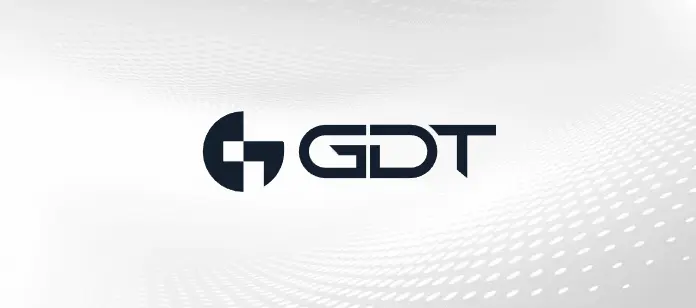By Richard Arneson
You wouldn’t be doing your job if IT security wasn’t at your mind’s forefront, especially if you’re looking to move to a new technology like SD-WAN. Hopefully the It won’t happen to us mindset has given way to a It can happen to anybody—we better be fully protected way of thinking. If it hasn’t, read about a few of the more publicized 2018 malware and ransomware launches, including data breaches and computer vulnerabilities like Spectre and Meltdown. And that’s not to mention the seven million (7,000,000) data records that are stolen each and every day, which translates to eighty-one (81) records every second. Yes, it’s all scary, but manageable if you’re considering a SD-WAN migration.
A security plan with SD-WAN
While we’ve all heard that familiarity breeds contempt, it also provides contentment. If your organization’s data has been traversing an MPLS network and you’ve kept your applications in-house for years, the idea of moving to a new WAN approach and jettisoning the old will no doubt make your heart skip a few beats. And the notion of entrusting mission critical applications and workloads to SD-WAN may not be easing your concerns, even if it will provide your organization with a spate of benefits, including:
- Lower costs,
- Easier deployments,
- Faster network traffic,
- More bandwidth,
- Enhanced visibility into your network, and
- Greater flexibility.
But here’s the great news―if deployed correctly, SD-WAN will provide security benefits you haven’t enjoyed from your legacy architecture. You can read about them here:
WAN Segmentation
With SD-WAN you can segment your network, which allows you to limit and damage in the event your organization falls victim to a security breach. For instance, you can deploy smaller, overlay networks that can be segmented by department, application or technology, such as video or VoIP.
Encryption, Centralized Management and Better Control
SD-WAN not only natively supports end-to-end encryption, but, because the entire network can be centrally managed through Controller software, users are provided with the ability to manage security, control policies and compliance more easily and effectively. When a new site requires turn-up, it’s automatically authenticated, policies are downloaded, then access is granted. Conversely, legacy architectures require security to be handled by edge devices and firewalls. This usually means a certain level of skill sets needs to be on-site for turn-up. And the more remote offices, the greater the headaches, costs and potentially security issues. SD-WAN provides more visibility into the entire network; with better visibility comes better control; with better control comes enhanced security.
Got question? Call on the SD-WAN experts
To find out more about SD-WAN and the many benefits it can provide your organization, including enhanced security, contact GDT’s tenured SD-WAN engineers and solutions architects. They’ve implemented SD-WAN solutions for some of the largest enterprise networks and service providers in the world. They’d love to hear from you.
You can read much more about SD-WAN, including dispelling the myths surrounding it, how it fits with IoT, its separation of the control and data planes, demystifying its overlay and underlay networks, its relationship with SDN, and why the SD-WAN market will grow by 1200% by 2021.



